The hard, brown, pebble-sized kernels don’t look like much. But when cooked, they offer a nutty fragrance and an equally appealing taste. This is buckwheat, beloved in eastern Europe. Last December, Whole Foods Market predicted it would would be this year’s grain trend. Since then, buckwheat has appeared in a slew of media articles, including The Boston Globe claiming this June that the sustainable and nutritious seed was “having its moment”.
Buckwheat isn’t the first so-called ancient grain tipped for greatness. The likes of quinoa and chia have soared to the status of superfoods in recent years. So, can buckwheat now follow suit?
The entrepreneurs behind buckwheat brand Grechka think so. Established in 2021, it has seen its products leap off the shelves of late. Value sales have grown 20% in the past 16 months. So great has demand been, in fact, that Grechka (Russian for ‘buckwheat’) sold out of its entire range – cooking buckwheat and buckwheat teas – in April.
Success hasn’t been overnight, though. Vasilisa Solovyeva, one of the brand’s co-founders, admits initial progress was slow. “It took us over a year to sell out our first shipment,” she says. “It has been quite a challenge to introduce a grain that is largely misunderstood and relatively unknown in the west… We’re the first brand who’s specialising in it. We have this responsibility to break this barrier, to introduce western consumers to how good and how versatile buckwheat is.”
As part of its mission to westernise buckwheat, one Grechka on-pack recipe suggests adding “oven-cooked salmon, sun-dried tomatoes, feta, chopped coriander and spring onions to a cooked buckwheat base”. Whereas, in eastern Europe, roasted buckwheat is traditionally fried in a pan with mushrooms and onions, or served with milk like a porridge.
In the UK, Grechka products are currently sold in independent health shops. It’s also in spas, including Marylebone’s exclusive Rebase. Solovyeva touts a key selling point to body-conscious types: Grechka parboils its buckwheat, which helps retain more nutrients than roasting.
Now, the brand is looking to broaden its appeal, with its sights set on larger UK retailers. Some are already expressing an interest in buckwheat. Take Ocado’s listing of Rude Health’s Organic Buckwheat Crackers and Eat Natural’s GF Buckwheat Toasted Muesli.
And shoppers are open to trying it, data suggests. Seventeen per cent of UK breakfast cereal consumers say they are interested in cereals with ancient grains, according to Mintel, while 59% of bread consumers say they’d buy loaves and rolls that substitute wheat flour with flours from other seeds and grains.
“Buckwheat is garnering interest as a sustainable and healthy crop, which suggests opportunities for its ascent in food and drink,” notes Mintel associate director of global food science Emma Schofield. “Although buckwheat is currently uncommon in European launches, top categories for it include breakfast cereals and bakery. In these categories, attributes delivered by ingredients like buckwheat (such as naturalness, fibre, micronutrients) are highly sought after by consumers.”
Still, Schofeld stops at predicting buckwheat’s exponential rise. “The ‘uniqueness’ of buckwheat may be an attraction for some experimental consumers, but its use in foods, if accompanied by high price points, may deter many consumers.”
And where price is concerned, there’s at least one big hurdle. Ukraine, a leading buckwheat producer, expects its prices will rise in the coming months. “In 2023, it was around 10,000 [Ukrainian hryvnia] per tonne,” according to an August report based on the country’s State Statistics Service.
Maybe buckwheat will have to wait for Brits to feel a little flusher before it can achieve superfood status.



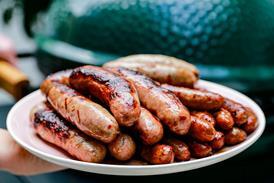
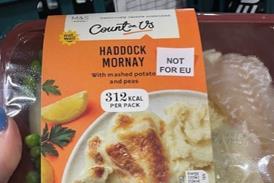
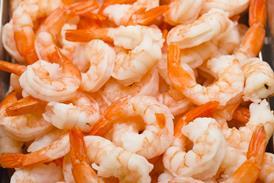


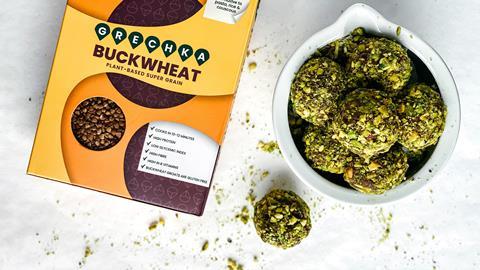


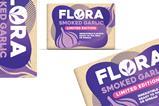

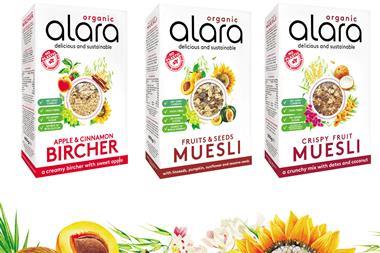
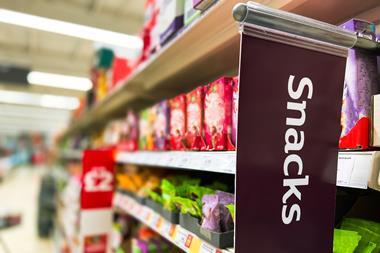


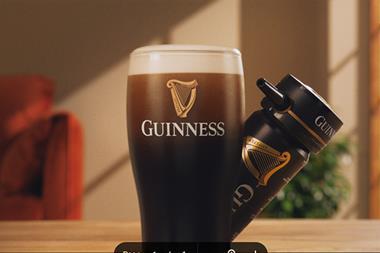
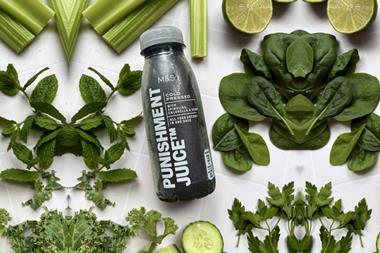


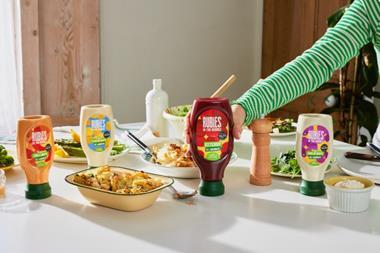



No comments yet